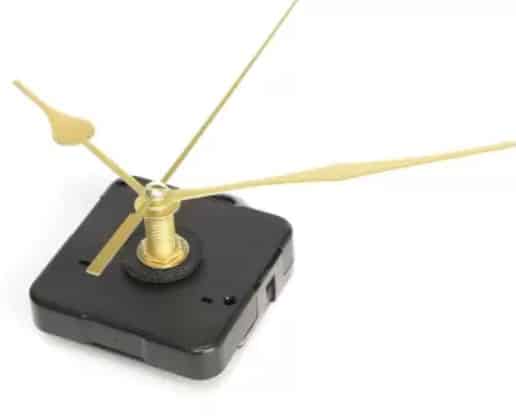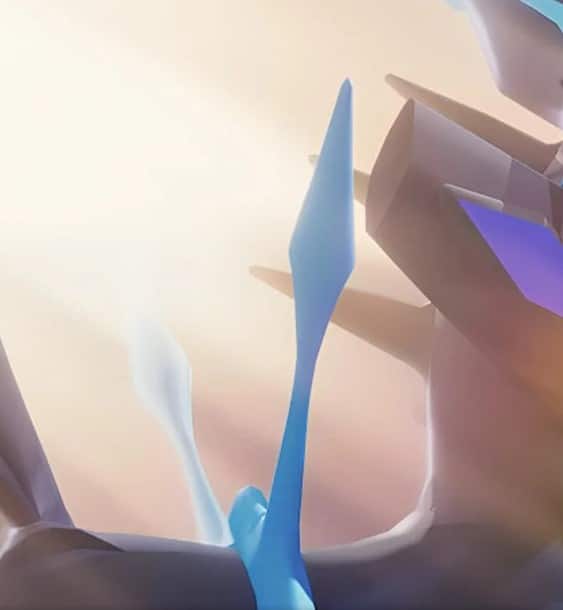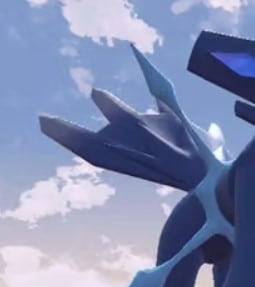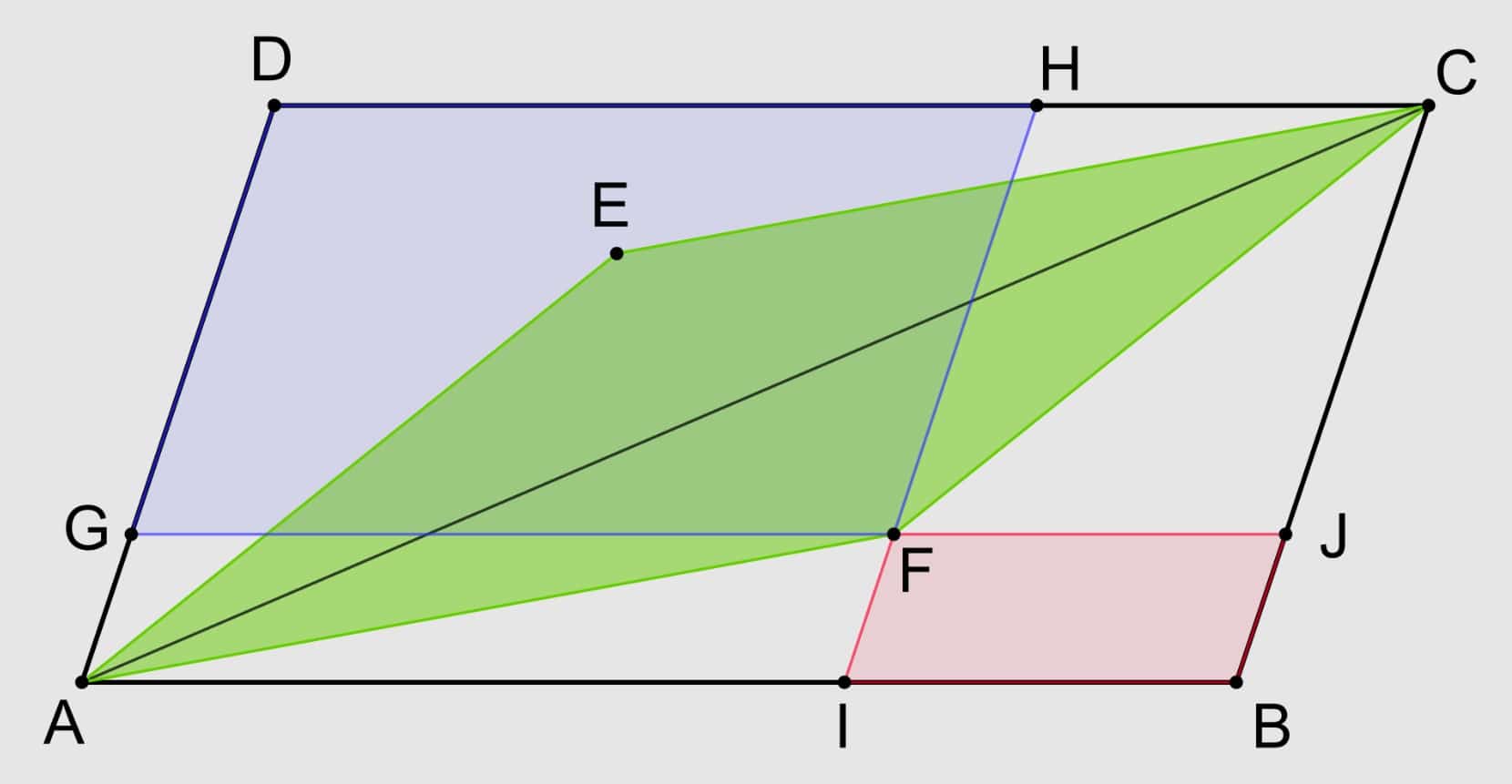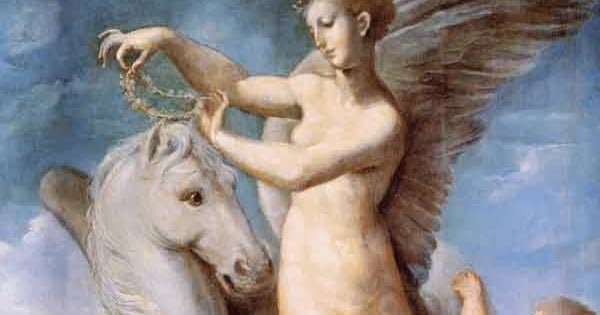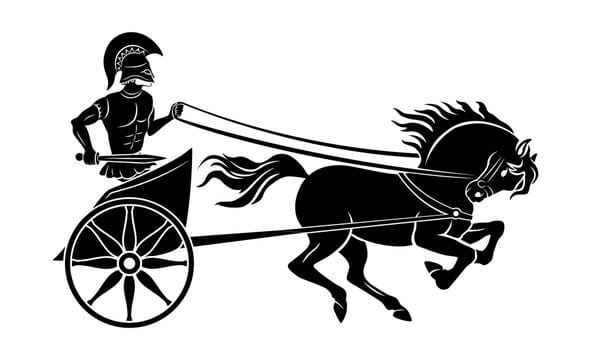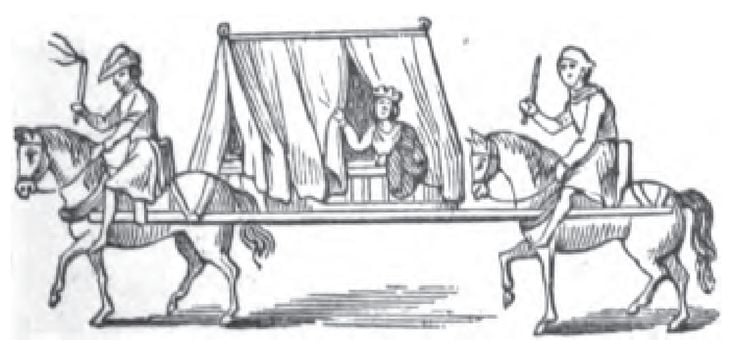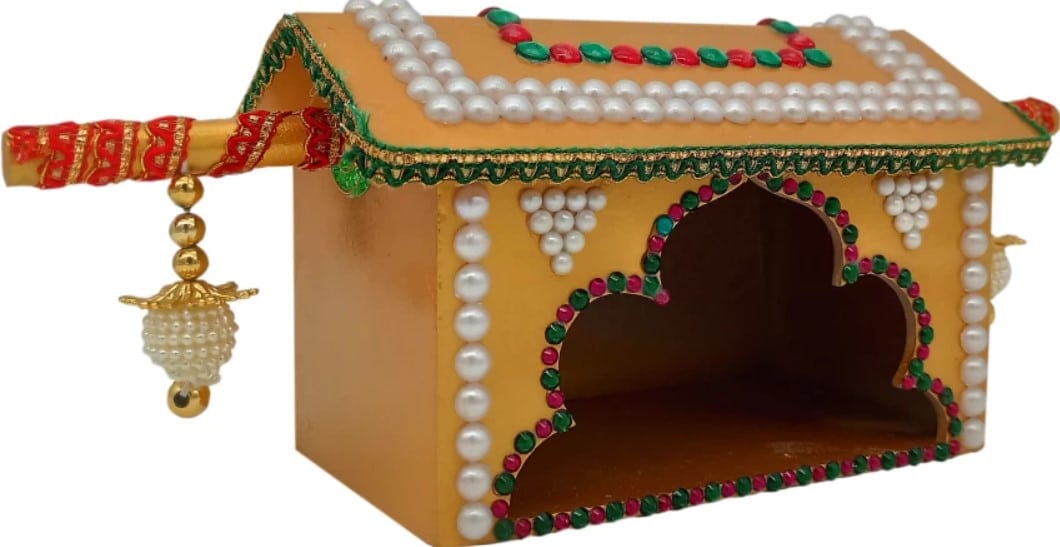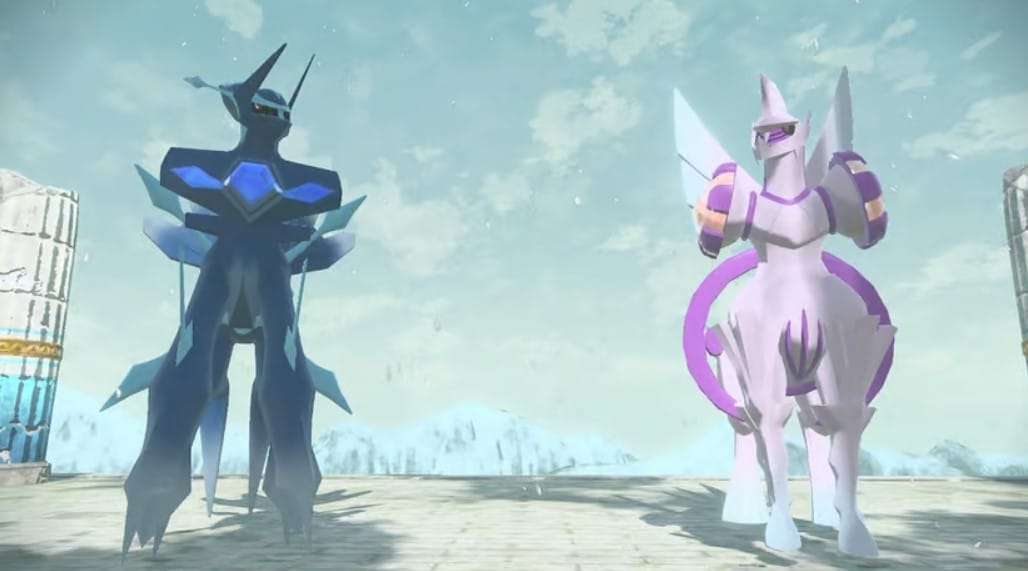With GO Tour 2024: Sinnoh wrapped up, most trainers have the Origin formes of Dialga and Palkia in their teams. While these two Legendaries are undoubtedly powerful, and their Adventure Effects are the talk of the town, a large section of fans feel that they, umm, look ugly.
And yes, they are not to blame. These Pokémon look like abominations of their usual selves that we’ve been used to seeing since Gen 4. But, you’ll be surprised that there’s a lot of thought that goes into their design and lore, alongside the scientific principles that govern them.
While they may not be as deep and extensive as many other Pokémon, they’re still worth exploring.
So, let’s dive into these details and understand why they are what they are.
And yes… I’ll answer two burning questions:
- What’s with Dialga Origin’s neck? Is something stuck there??
- Why Palkia Origin is missing arms??
Let’s begin!
Dialga Origin

Hands of a clock
This is arguably the most obvious design detail in Dialga Origin, as parts of its body resemble the hands of a clock, and Dialga, after all, represents the concept of time.
Gnomon
Check out this massive part of Dilaga Origin:
This is based on a gnomon, a blad of sorts that casts a shadow on a sundial and tells you the time. While those kinds of clocks are obsolete nowadays, these gnomons have applications in math and astronomy.
In fact, if you delve into gnomons in math, you get something like this:
See the orientation of the shaded areas and the fact that the green part looks like a diamond. That’s Dialga Origin!
Stats and body structure of Dialga Origin forme: Bain Transformation of BCC to FCC
The change to the Origin forme is akin to the crystalline transformation from the BCC (Body Centred Cubic) to FCC (Face Centered Cubic), where the latter has its crystalline faces look defined and compact due to an increase in the density of constituent molecules.
So what happens?
Dialga Origins’ body becomes ‘sharper’ and looks more crystalline. At higher energies, Origin is more unstable, therefore its Attack stat decreases. At the same, its molecules are more tightly packed, resulting in increased bulk. Tada!
And now… THIS!
You know what I’m talking about… the elephant in the room… the crystal in the throat…

That, my friends, is a voice modulator.
You see, crystals, like diamonds and quart for instance, are great at propagating sound waves in them.
Dialga Origin has enhanced elasto-conductivity, that is, a better ability to conduct energy thanks to superior physical properties. With so much energy flowing through it and needing to be released (read Roar of Time), Dialga Origin requires an amplifier (because sound waves aren’t too strong in the base foundation of a crystal).
And where best to put an amplifier than the very ‘origin’ of Roar of Time? The throat.
But, there’s more!
Why does the throat look like that? Piezoelectric crystals
So we know why Dialga Origin has that weird thing in its throat.
But, quoting the title again…why does it look like that?
Easy, it’s based on piezoelectric crystals. The piezoelectric effect in solids is the ability of solids to generate electric energy due to stresses in the bulk of the crystal.
With Dialga Origin’s drastically altered body, the stresses are there and so is the crystal. This is where we come to a well-known device… the ultrasonic transducer.
Ultrasonic Transducer: Acoustic Impedance
An ultrasonic transducer is a device that creates sound waves that bounce off body tissues and make echoes. It uses piezoelectric crystals for energy transformation, and also acoustic impedance, the physical trait of Dialga Origin to low resistance to passing sound.
All of this adds up beautifully but what makes it truly amazing is how an ultrasonic transducer looks.


Palkia Origin
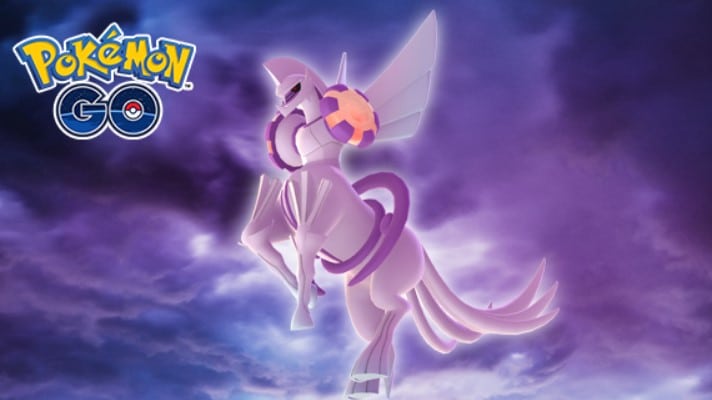
Thankfully, Palkia Origin is more straightforward than Dialga Origin. 😆
Chiron, the Centaur
Yes, we all know that Palkia Origin is based on a centaur, a mythical creature that’s half human, half horse/stallion. But, it’s not just any centaur, it is the centaur: Chiron.
Chiron was the “wisest and justest” centaur of them all and was born to Cronus, a god of time (association with Dialga), and perhaps more importantly, his mother was Philyra.
And Philyra is very important here.
Philyra: Water-type
Philyra is classified as a water-nymph, or an oceanid, leading to a core reason why Palkia Origin is Water type.
There’s also a story involving them. Cronus’s wife Rhea walked in on her husband in a compromising position with Philyra. Caught cheating by his wife, Cronus turned into a stallion and fled the scene. Enraged, the residents of Mount Pelion saw the offspring Chiron as an abomination, and the centaur had to earn his bragging rights and respect as he grew up.
This act is analogous to the controversy that Chiron was (born to unfaithfulness) and so, Chiron was kept under wraps. Now here’s something really cool that will answer a long-standing question about Palkia Origin.
The term ‘chiron’ literally means hands!
And what’s missing in Palkia Origin?
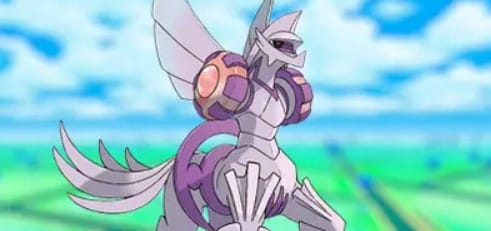
Horse chariot
See those ‘shoulder pads’ in Palkia Origin? They’re reminiscent of the wheels of a chariot, something inherently connected with horses and the concept of running across space.
The wheels, the warrior, and the horse… all add up flawlessly in Palkia Origin’s design.
And galloping through space?
Well, the space god Palkia Origin is a centaur, which also happens to be comets in space!
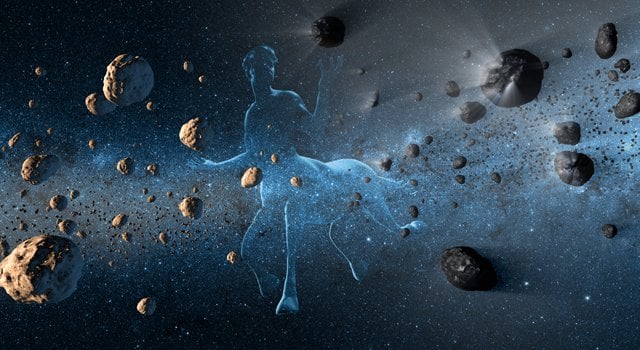
observations from NASA’s Wide-field Infrared Survey Explorer (WISE) find that centaurs, a major area of interest in astrophysics are comets. And comets, again, flow through the vastness of space… like a centaur galloping. 😮
P.A.L.K.I.A
The chariot origins of Palkia Origin have a deeper meaning.
In the past (and even today in some parts of the world), a prominent person is carried in a special couch that was covered for comfort and often transported via horses.
This is known as a palanquin, indicating the ‘pal’ in Palkia Origin.
But I’ve got something better.
In India, palanquins are often used in weddings to bring the bride to the venue. These palanquins are adorned with diamonds and pearls, and they look something like this:
However, that’s not the craziest part.
Do you know what these palaquins are called in India?
They’re called… *drumroll*…
PALKI
😯
Biblical Archangels: Dialga & Palkia Origin
The Origins formes of Dialga and Palkia gave so much depth to them, and I should add that their hideous and weird looks are intentional to make them represent Biblical angels, which are called hideous and weird as well.
And these Origin forms are technically archangels designed on god (Arceus).
Interested in reading more articles like this? Then be sure to check out in-depth stuff on the following:
Garchomp | Baxcalibur | Hydreigon | Zygarde| Druddigon | Drampa | Enamorus

